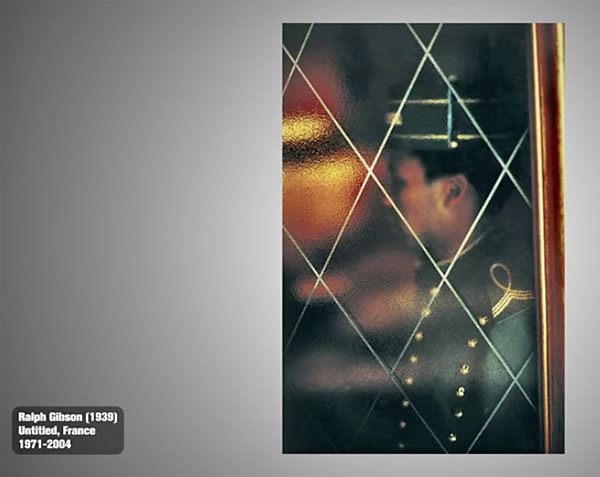The “Most Powerful” Composition Tool in Photography (VIDEO)

Are your images lacking in depth and interest? If so, today’s tutorial reveals what a British pro says is “the most powerful composition tool in photography.” By following his simple advice, you’ll immediately take your imagery to the next level.
Alex Kilbee is an accomplished photographer and an equally adept instructor. In this 10-minute episode he demonstrates the power of “framing” when composing a scene, whether you shoot landscape, portraits, or just about any other type of subjects.
Kilbee says the concept of framing is “a simple and effective way of elevating your photographs into something that has a little bit more about them.” According to Kilbee this technique “goes against pretty much everything you’re told as a beginner.”

In short, rather than placing the main point of the image “front and center,” this approach to composition involves making the key subject relatively small within the photo, perhaps off to one side, and framing it with an object in the scene. This could be an arch, doorway, or perhaps a gap between two tall buildings.
By utilizing this method you’ll effectively challenge the viewer to direct their eyes exactly where you want them to go. The simplest way to do this is by using a physical object, like a window or those mentioned above, to surround the main subject of your photo.
Of course their are less obvious and more creative methods of isolating a subject, and Kilbee demonstrates several possibilities for shooting landscapes and wildlife in the field, portraits at home, as well as other common scenarios.

All this is really simple, it just requires a different mindset, and by exploring this technique you’ll capture more compelling images with greater depth.
There’s much more to see on Kilbee’s YouTube channel, so be sure to pay a visit and subscribe.
We also encourage you to check out the tutorial we shared last month, with a very helpful beginners guide to landscape photography (where great composition is a must).









































